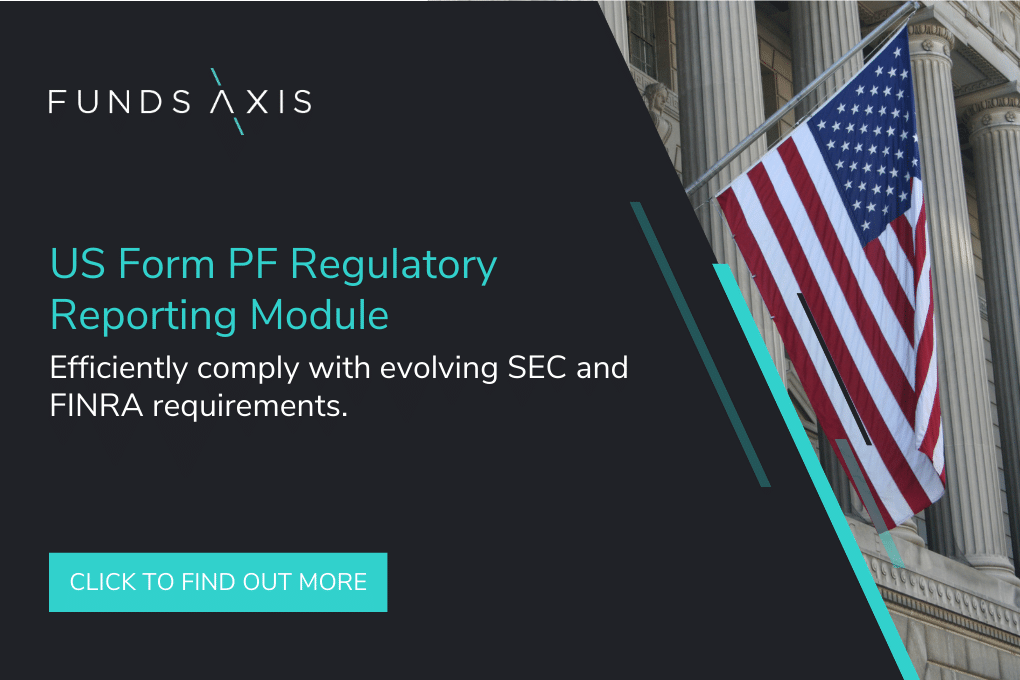Form PF came into effect from 31st March 2012 and requires investment advisers registered with the SEC that advise one or more “private funds” to file Form PF with the SEC.
Timings and Frequencies differ, but for “Large Hedge Fund Advisers” it is quarterly reporting within 60 calendar days from the quarter ends. Reporting can be cumbersome. It involves a range of calculations and the data is likely to be sourced from multiple systems, administrators, Portfolio Managers, Portfolio Companies and third parties.

